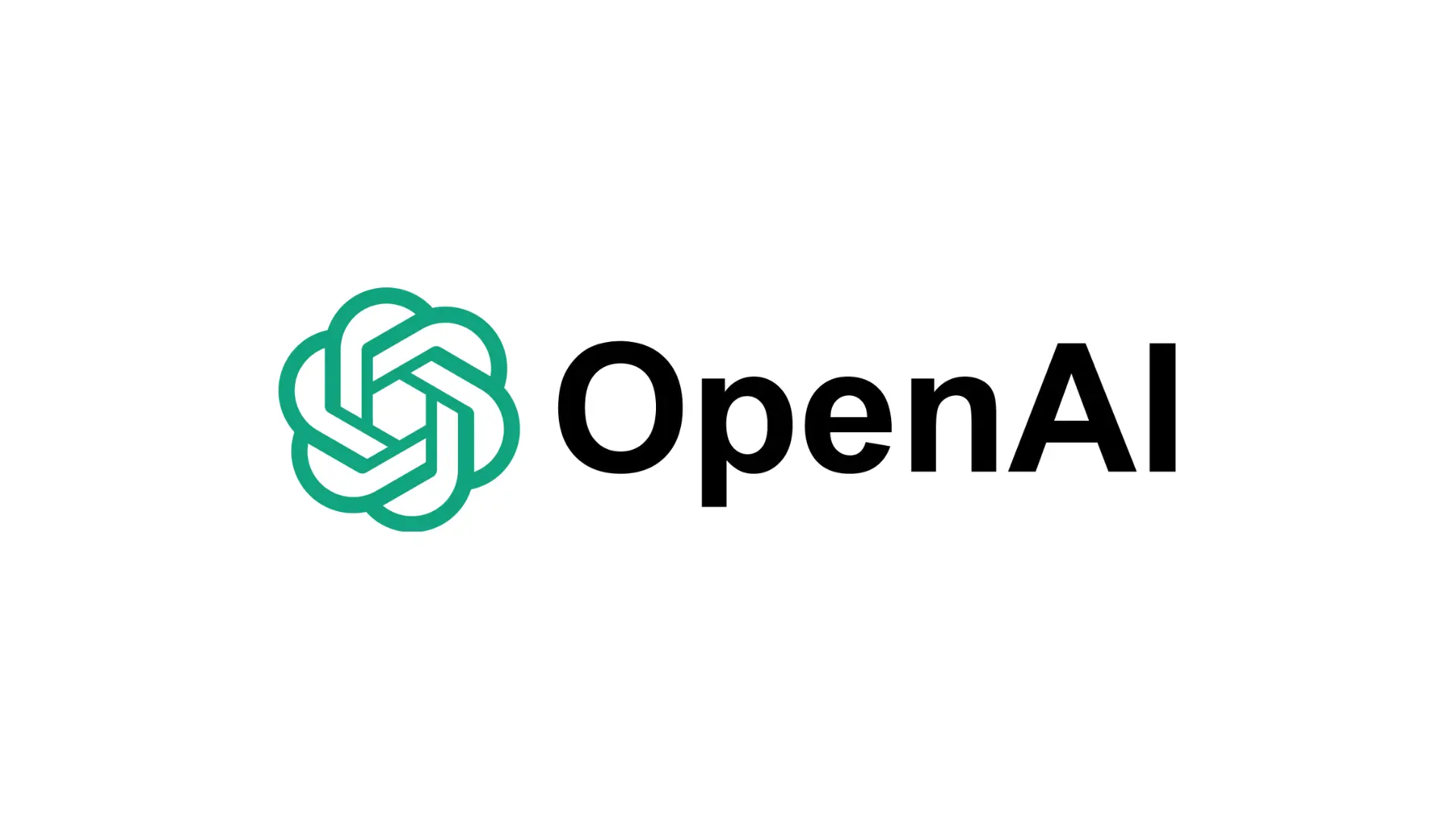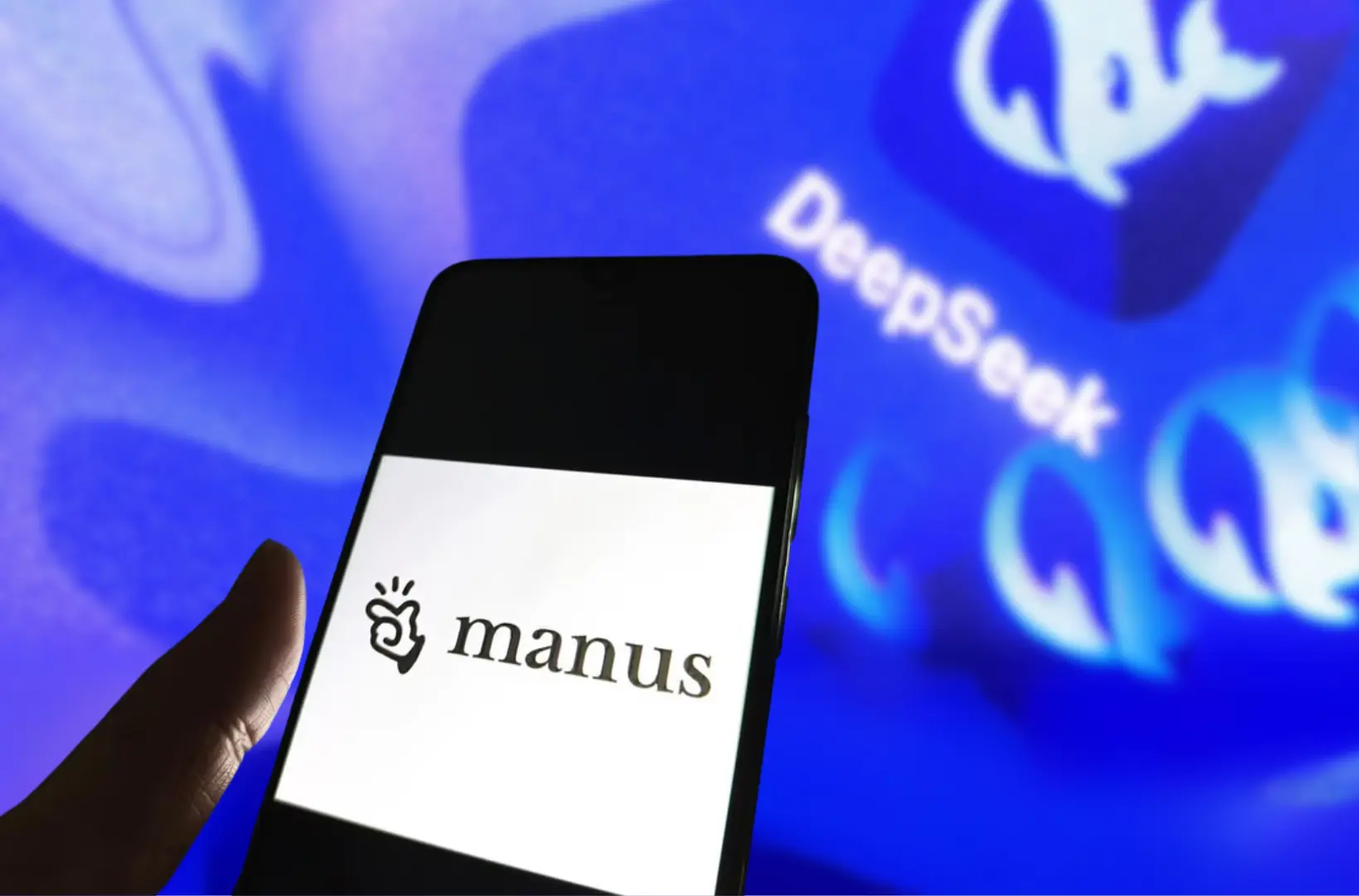Artificial Intelligence (AI) has been advancing at an unprecedented pace, with each new model pushing the boundaries of technology and bringing us closer to intelligent systems that can reason, analyze, and assist humans in novel ways. Among the leaders in this transformative field, OpenAI stands out for its commitment to creating innovative AI systems that benefit humanity. The company’s latest development, the ‘o3 Mini,’ represents a groundbreaking leap in AI technology, focused on compact, efficient, and powerful reasoning capabilities.
Set to launch soon, the ‘o3 Mini’ is more than just another AI model; it’s a pivotal step toward democratizing advanced AI technologies. Here’s an in-depth look at the ‘o3 Mini,’ its features, potential applications, and the revolutionary impact it’s expected to have on the AI landscape.
What is the OpenAI ‘o3 Mini’?
The ‘o3 Mini’ is the newest reasoning AI model from OpenAI, specifically designed to deliver exceptional problem-solving capabilities in a compact and efficient package. Unlike larger, resource-intensive models, the ‘o3 Mini’ focuses on optimizing reasoning processes, making it ideal for a wide range of applications, from edge devices to enterprise systems.
While traditional AI models are often designed for brute-force data processing, the ‘o3 Mini’ takes a different approach. It combines state-of-the-art algorithms with a lean design, enabling it to solve complex problems with impressive speed and accuracy, all while being lightweight and energy-efficient.
Key Features of the ‘o3 Mini’
The ‘o3 Mini’ is packed with features that set it apart from other AI models. Here are the key highlights:
- Advanced Reasoning Algorithms
At its core, the ‘o3 Mini’ is built to emulate human-like reasoning. Unlike conventional AI models that rely heavily on pattern recognition, the ‘o3 Mini’ excels at logical deduction, contextual understanding, and decision-making. This makes it highly effective for tasks requiring complex problem-solving. - Compact and Efficient
One of the most impressive aspects of the ‘o3 Mini’ is its size. OpenAI has engineered a model that retains the capabilities of larger systems while being compact enough to run on devices with limited computational power. This opens up a world of possibilities for mobile and edge computing applications. - Energy Optimization
Energy efficiency is a critical concern in AI development, particularly for devices running on limited power supplies. The ‘o3 Mini’ addresses this by incorporating energy-efficient design principles, making it an ideal solution for IoT devices, smartphones, and other energy-conscious platforms. - Multimodal Capabilities
Following the trend of multimodal AI systems, the ‘o3 Mini’ is equipped to handle text, images, and even structured data inputs. This versatility allows it to adapt seamlessly to various industries and use cases. - Customizability and Accessibility
OpenAI has emphasized accessibility with the ‘o3 Mini.’ The model can be fine-tuned for specific applications, making it a valuable tool for businesses, developers, and researchers looking to integrate advanced AI into their workflows.
Why is the ‘o3 Mini’ Significant?
The launch of the ‘o3 Mini’ is a watershed moment for the AI industry. Here’s why:
- A New Focus on Reasoning
Most AI models today are optimized for natural language processing, image recognition, or data analysis. While these capabilities are important, they often fall short when it comes to reasoning—a skill that requires deeper understanding and logical deduction. The ‘o3 Mini’ fills this gap by prioritizing reasoning, and setting a new standard for AI development. - Democratizing Advanced AI
High-performance AI models have traditionally been the domain of large corporations with substantial resources. The ‘o3 Mini’ changes this dynamic by offering a cost-effective, scalable solution that’s accessible to small businesses, startups, and individual developers. - Enabling Everyday Applications
The compact and efficient design of the ‘o3 Mini’ makes it suitable for everyday applications. From powering virtual assistants to enabling real-time analytics, the model’s potential uses are virtually limitless.
Potential Applications of the ‘o3 Mini’
The versatility of the ‘o3 Mini’ opens up a plethora of applications across various industries. Here are some of the most promising use cases:
- Healthcare
In the healthcare sector, the ‘o3 Mini’ can revolutionize diagnostics and patient care. Its reasoning capabilities allow it to analyze complex medical data, assist doctors in making accurate diagnoses, and even suggest personalized treatment plans based on patient histories. - Education
Personalized learning is one of the biggest challenges in education. The ‘o3 Mini’ can create tailored learning experiences, answer complex student queries, and assist teachers with grading and content recommendations. - Customer Service
By powering next-generation chatbots and virtual assistants, the ‘o3 Mini’ can elevate customer service to new heights. Its ability to understand context and reason through queries ensures that customers receive accurate and helpful responses. - Supply Chain Management
Businesses can leverage the ‘o3 Mini’ to optimize their supply chains. The model can predict demand, identify bottlenecks, and recommend solutions to improve efficiency and reduce costs. - Scientific Research
Researchers can use the ‘o3 Mini’ to process large datasets, identify correlations, and generate hypotheses. This can significantly accelerate the pace of scientific discoveries in fields like biology, physics, and environmental science.
How Does the ‘o3 Mini’ Compare to Competitors?
OpenAI’s ‘o3 Mini’ is entering a competitive landscape, but it stands out in several key areas:
- Reasoning Focus
While many AI models excel in data processing and prediction, few prioritize reasoning as the ‘o3 Mini’ does. This gives it a unique edge in applications requiring complex problem-solving. - Compact Design
The compact size of the ‘o3 Mini’ makes it more versatile than larger models, enabling it to run on a broader range of devices. - Energy Efficiency
In an era where sustainability is a growing concern, the ‘o3 Mini’s’ energy-efficient design positions it as a forward-thinking solution. - Accessibility
By making the ‘o3 Mini’ customizable and affordable, OpenAI has ensured that advanced AI is no longer restricted to large organizations.
Challenges and Considerations
Despite its impressive features, the ‘o3 Mini’ is not without challenges:
- Ethical Concerns
As with any AI model, ethical use is a primary concern. OpenAI must implement safeguards to ensure the ‘o3 Mini’ is used responsibly. - Data Privacy
Handling sensitive data requires strict adherence to privacy standards. The success of the ‘o3 Mini’ will depend on its ability to maintain user trust. - Integration Barriers
While the model is designed to be accessible, educating users about its capabilities and integration processes will be crucial for widespread adoption.
The Future of AI with the ‘o3 Mini’
The ‘o3 Mini’ is not just a model; it’s a glimpse into the future of AI. Its focus on reasoning, compact design, and versatility signal a shift toward more accessible and sustainable AI solutions. As OpenAI continues to refine its technologies, we can expect even more groundbreaking developments that bridge the gap between human intelligence and artificial systems.
Conclusion
OpenAI’s ‘o3 Mini’ is poised to set a new benchmark in AI development. With its advanced reasoning capabilities, compact design, and energy efficiency, it represents a significant step forward in making AI more accessible and impactful. Whether you’re a developer, a business leader, or simply a tech enthusiast, the ‘o3 Mini’ is a development to watch closely.
As the launch date approaches, excitement is building across the tech community. If OpenAI’s track record is any indication, the ‘o3 Mini’ will not just meet expectations—it will exceed them, ushering in a new era of reasoning-focused AI.

Jahanzaib is a Content Contributor at Technado, specializing in cybersecurity. With expertise in identifying vulnerabilities and developing robust solutions, he delivers valuable insights into securing the digital landscape.








